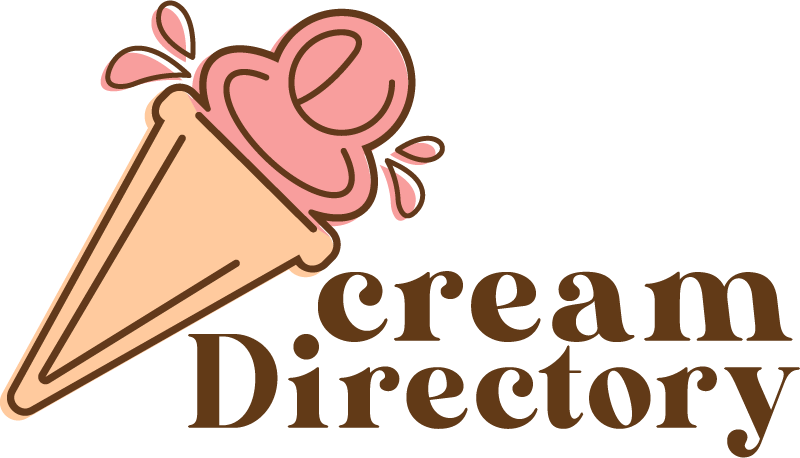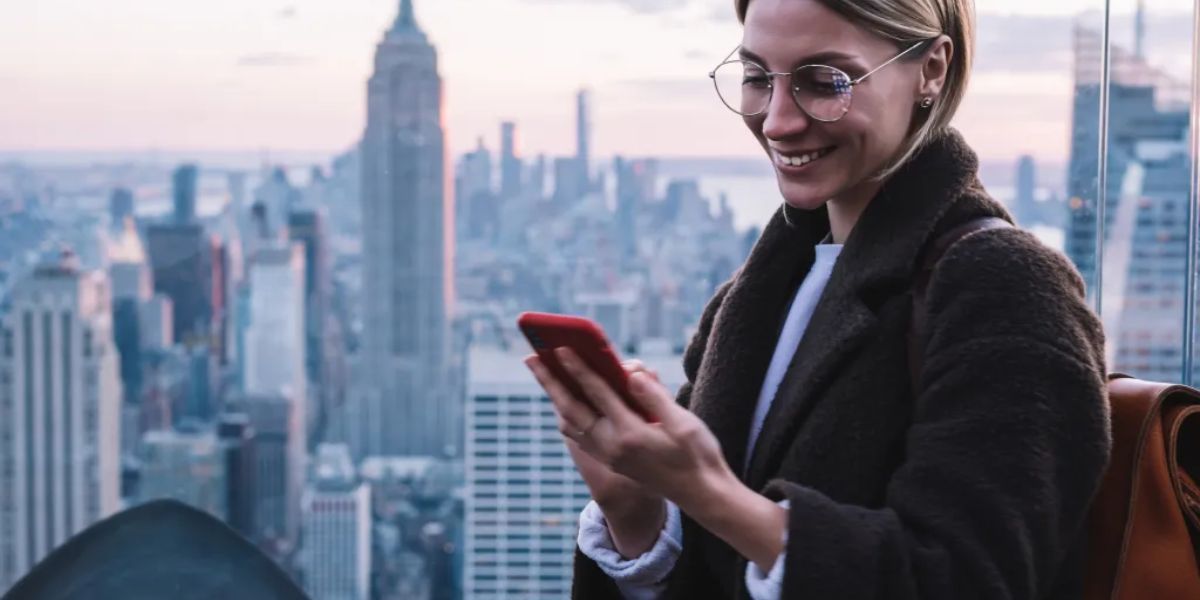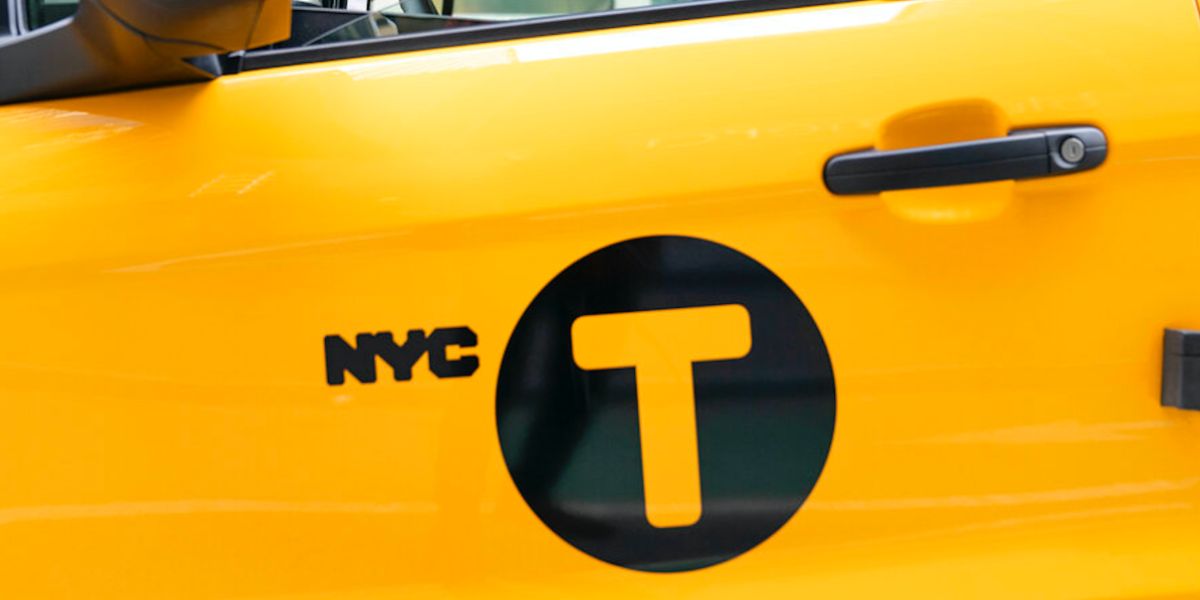NEW YORK — New York City is getting a new area code, but we have to wait and see what it will be.
The New York State Public Service Commission has approved what’s known as an all-services area code overlay for the five boroughs.
Officials say existing phone numbers will stay the same, and all new numbers will be assigned the new area code once the existing 347, 718, 917 and 929 ones are completely taken. They also say the new three-digit area code will be chosen in the “coming months.”
“There is a clear need for more telephone numbers as a result of economic growth and activity in the New York City metro areas, therefore, an additional area code is required,” New York State Public Service Commission Chair Rory M. Christian said in a statement Thursday. “The new area code overlay will be able to address the expansion of telecommunication services which serves this region and to support future demand.”
The new all-services overlay code will cover the Bronx, Brooklyn, Queens, Staten Island and the Marble Hill neighborhood of Manhattan. Officials say the demand for new phone numbers is largely driven by new technology, like cellphones and tablets, and is a sign of economic growth.
All new area codes over the past several years in New York and the United States have been created using this overlay method, officials say. Parts of Long Island got a new overlay area code back in January 2023, shifting from 516 to 363.

New York City is about to get a new area code, and residents may need to update their phone contacts and dialing habits. The 212 area code, which has long been associated with Manhattan, is running out of available numbers due to the city’s growth and increased demand for phone lines. In response, the New York Public Service Commission has announced the addition of a new area code to help accommodate the rising demand for phone numbers in the city.
Why Is NYC Getting a New Area Code?
The introduction of a new area code comes as a result of a shortage of available numbers in the existing area codes. Manhattan, historically served by the 212 area code, is seeing an influx of new residents and businesses, leading to more phone lines being needed. While 212 remains one of the most iconic area codes, the demand for numbers has outstripped its availability, especially with the rise of cell phones, businesses, and other technology-driven industries.
Impactful! Proposed Bill Calls for Automatic SASID Code Assignment for Every Newborn
The new area code will help ensure that everyone who needs a phone number can get one, while still preserving the 212 area code for existing residents and businesses. The goal is to prevent a situation where new phone lines could no longer be assigned in one of the world’s largest and most densely populated cities.
Which Areas Will Be Affected?
The new area code will primarily affect Manhattan. Currently, Manhattan is served by 212, 646, 917, and 332, but with the rising population and demand, a new area code will be introduced to accommodate the growing need for phone numbers.
The new area code will be assigned to specific regions within Manhattan that are experiencing the most strain on available numbers. It is likely that new numbers issued in certain parts of Manhattan will be assigned to the new area code, though exact boundaries and assignments are still being finalized.
For now, if you live or work in Manhattan and currently have one of the following area codes: 212, 646, 917, or 332, your phone number will likely stay the same. However, new customers or those who are moving to certain areas may be issued the new area code once the rollout begins.
How Will This Affect You?
The change won’t necessarily mean much for residents and businesses already using one of the existing area codes, except for the possibility that new neighbors or businesses might have a different area code.
However, if you’re in a region that will be impacted by the new area code, you may notice some changes:
- Dialing Changes: You will still need to dial 10 digits when making calls, including the area code. This has been the norm in most of the country for years, but it’s a good reminder for residents who are used to dialing only 7 digits in certain cases.
- New Phone Numbers: As mentioned, any new phone numbers issued in areas impacted by the new area code will use the newly designated code, meaning residents and businesses may have different area codes than they did before.
- Possible Confusion: For businesses, the introduction of a new area code could lead to confusion for customers who are used to calling numbers with a 212 area code. It’s important for businesses to update their contact information and inform customers of the change.
Timeline for the Change
The transition to the new area code is expected to happen gradually over the coming months. The exact start date for assigning new area codes and when residents will begin noticing the change in phone numbers hasn’t been confirmed yet, but officials are working on the logistics and implementation plan.
It’s important to note that while there will be some adjustment to the new system, residents and businesses will not need to change their existing phone numbers. The introduction of a new area code only affects new phone lines or numbers issued moving forward.
Why Area Codes Are Important
Area codes are an essential part of the telephone system and play an important role in routing calls. They were introduced in the 1940s to help manage the growing number of phone lines in the U.S. Each area code is typically associated with a specific geographic region, although newer technologies such as cell phones and VoIP (Voice over Internet Protocol) services have made it possible for people to use phone numbers from any area code, regardless of their actual location.
In cities like New York, where there’s a dense population and a constant need for more phone numbers, area codes are regularly updated or split to ensure that there are enough available lines for the people and businesses that need them.
What’s Next for NYC?
New York City has faced a similar situation in the past, and the introduction of a new area code is just one of several steps taken to accommodate the growing demand for phone numbers. Over the years, Manhattan has seen multiple area codes introduced, including 646 in the late 1990s and 332 in 2017.
Though it may be a minor inconvenience for some, this new area code is a reflection of the city’s continued growth and the evolving nature of communication. As New York City continues to expand, it’s likely that additional area codes may be required to meet the demand for phone numbers in the future.
Conclusion
The addition of a new area code in New York City marks a significant milestone in the city’s ongoing growth. While the change won’t directly affect most current residents and businesses, it’s a reminder of the increasing need for resources and infrastructure in one of the world’s largest cities. As the rollout of the new area code continues, it’s essential for residents and businesses to stay informed and prepared for the change, ensuring a smooth transition for everyone.
Stay tuned for more updates as the new area code system is implemented across Manhattan.




